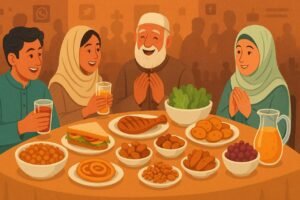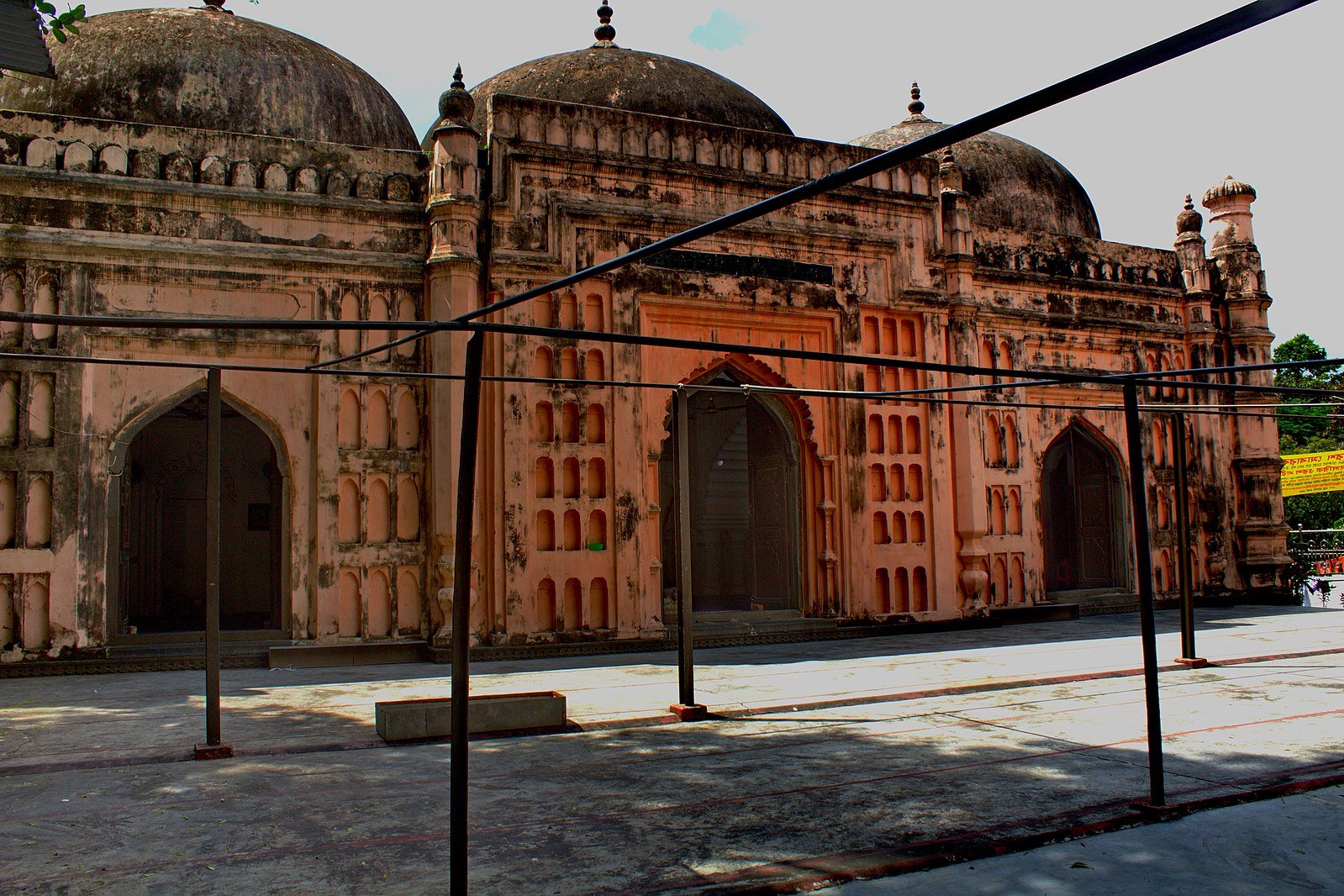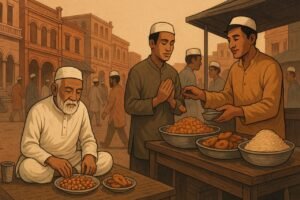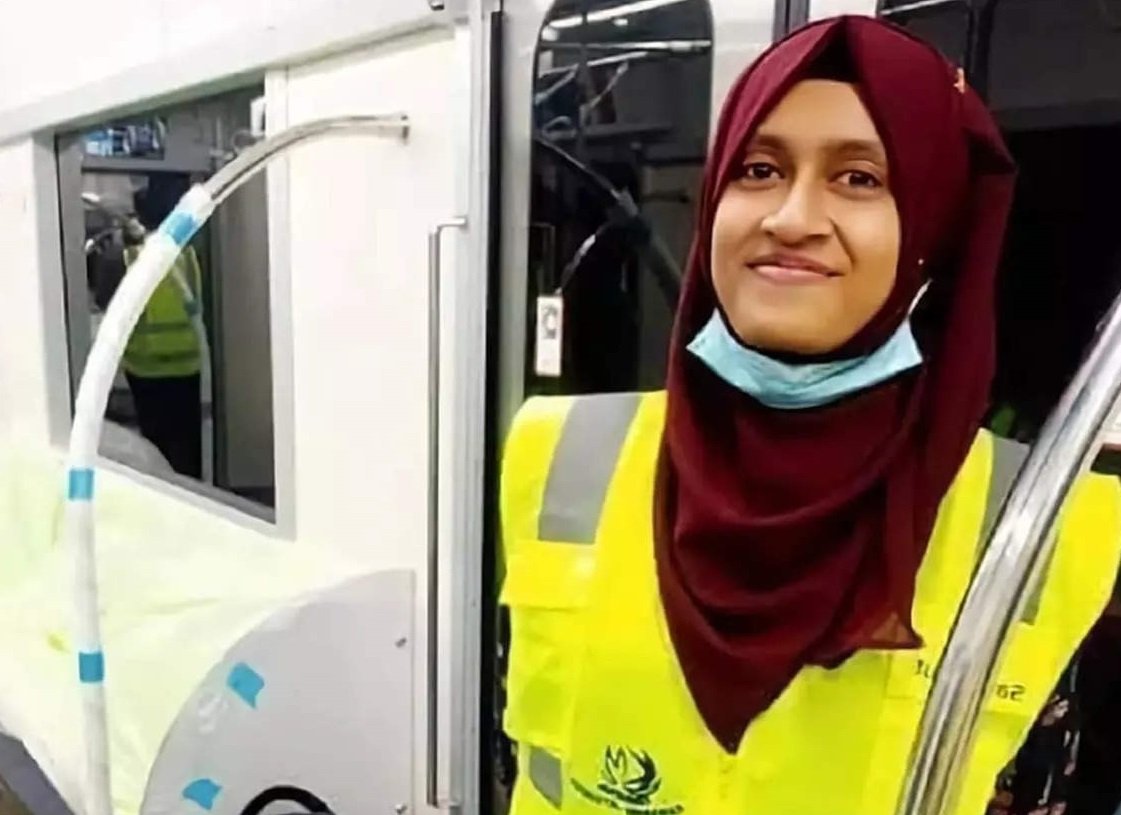The Evolution of Iftar Traditions in Bangladesh: From Mughal Era to Modern Times

From Palatial Feasts to Street Delights: Tracing the Journey of Iftar in Bangladesh
As Ramadan comes to an end, every Muslim household in Bangladesh will soon miss the iconic items—chola (spiced chickpeas), peyaju (lentil fritters), beguni (battered eggplant), and jilapi (sweet fried dough), that were a regular part of breaking their fast. These delicious treats have become a staple of iftar, enjoyed not only by Muslims but also by people of other faiths during Ramadan.
You’ll be surprised to know that these foods were not always part of Bengali Muslim iftar traditions. Centuries ago, Bengali Muslims broke their fast with simpler foods like chira (flattened rice), muri (puffed rice), and fruits. Over time, influences from Mughlai, Middle Eastern, and South Asian culinary traditions shaped the modern iftar platter we enjoy today.
So, how did these delicious dishes become an essential part of Ramadan in Bangladesh? Let’s explore the fascinating history of Bengali iftar traditions.
Mughal Era: The Foundation of Iftar Traditions
The Mughal era (16th–19th century) left a lasting mark on the food culture of the Indian subcontinent, including Bengal (now Bangladesh). The Mughals, famous for their lavish feasts, introduced many dishes that became the foundation of today’s iftar menus.
During this time, iftar was a grand affair, especially for the elite. They enjoyed dates, fruits, kebabs, biryanis, flavorful meat dishes, and traditional desserts like firni (rice pudding) and shahi tukra (fried bread in sweetened milk). Dhaka’s Chawkbazar, a bustling food hub established in the Mughal period, remains a go-to spot for iftar shopping during Ramadan.
One of the most iconic Mughal-era iftar dishes is “Boro Baper Polay Khay”, a rich mix of chickpeas, minced meat, eggs, ghee, and aromatic spices. This hearty dish, packed with flavor and nutrition, continues to be a Ramadan favorite in Bangladesh.
From historic Mughal feasts to today’s bustling iftar markets, these centuries-old traditions keep the spirit of Ramadan alive.
Colonial Period: Adaptation and Economic Realities
The British colonial period (19th–20th century) brought major socio-economic changes that shaped iftar traditions in Bengal. While the wealthy continued lavish Mughal-style iftars, common people adapted their meals based on affordability and local ingredients.
During this time, simple yet nutritious foods became iftar staples. Chola (spiced chickpeas), piyaju (lentil fritters), beguni (battered fried eggplant), and muri (puffed rice) gained popularity. These dishes were easy to prepare, budget-friendly, and filling—perfect for breaking the day’s fast.
Street vendors and local markets played a key role in making iftar accessible to everyone. The tradition of enjoying these humble yet flavorful foods continues today, uniting people across all social classes during Ramadan.

Post-Partition Period: The Fusion of Regional Flavors
After the partition of India in 1947, East Bengal (later Bangladesh) became part of Pakistan, leading to further culinary exchanges. Many new influences merged with existing traditions, creating a more diverse iftar menu. Middle Eastern dishes like haleem (a thick stew of meat, lentils, and wheat) gained popularity, alongside Persian and North Indian sweets like jilapi (a deep-fried sweet soaked in sugar syrup).
During this period, community iftar gatherings became more common, especially in mosques and neighborhood centers, emphasizing the communal spirit of Ramadan. The 1950s and 1960s also saw the rise of small food businesses specializing in traditional iftar items, laying the groundwork for the commercialization of iftar in later decades.
Post-Independence: Urbanization and Commercialization of Iftar
After Bangladesh gained independence in 1971, rapid urbanization and economic growth influenced iftar traditions. The development of Dhaka as a metropolitan city led to a boom in restaurants, hotels, and street food culture. As more people migrated to urban centers, traditional homemade iftar meals coexisted with commercially available options.
By the 1980s and 1990s, Dhaka’s Chawkbazar iftar market had become a cultural phenomenon, attracting thousands of visitors during Ramadan. Iconic dishes like chicken roast, shahi jilapi, shami kebab, and various deep-fried snacks became essential to the iftar experience. The rise of television and media also played a role in shaping iftar traditions, with cooking shows and advertisements influencing what people prepared and consumed during Ramadan.
Modern Times: A Blend of Tradition and Contemporary Trends
In recent years, iftar traditions in Bangladesh have continued to evolve, incorporating modern dietary preferences and global influences. While traditional items like chola, piyaju, beguni, and jilapi remain staples, newer additions such as sandwiches, grilled chicken, pasta, and fresh juices have found a place on the iftar table. Health consciousness has also led many to opt for less oily foods and more fruits, nuts, and hydrating drinks.
Social media has played a significant role in shaping iftar trends, with food bloggers and influencers sharing unique recipes, restaurant reviews, and diet-friendly iftar ideas. The rise of food delivery services has further transformed the iftar experience, allowing people to enjoy restaurant-quality iftar meals at home.
Moreover, charitable iftar initiatives have grown in popularity, with organizations and individuals arranging iftar meals for the less fortunate, reinforcing the spirit of generosity and community that Ramadan promotes.

The Future of Iftar Traditions in Bangladesh
As Bangladesh continues to modernize, iftar traditions are likely to see even more changes. Health-conscious trends will drive people towards more balanced and nutritious meals, and fusion cuisine may become even more prominent. International influences could bring more global dishes to Bangladeshi iftar tables while retaining the deep-rooted love for traditional items.
Technology and convenience will also play a larger role in how people prepare and consume iftar. Online food delivery services, instant cooking solutions, and digital recipe-sharing platforms will further shape the future of iftar in Bangladesh. Despite these changes, the core essence of Ramadan—spirituality, community, and the joy of breaking fast together—will always remain central to the experience.
The evolution of iftar traditions in Bangladesh reflects the country’s dynamic history, cultural richness, and adaptability. From the grandeur of Mughal-era feasts to the simple yet fulfilling colonial-era iftar meals, and from the commercialization of iftar markets to modern health-conscious trends, the iftar experience in Bangladesh continues to blend tradition with innovation.
Despite changes over time, the essence of iftar—breaking the fast with loved ones, sharing food with the community, and embracing the spiritual significance of Ramadan—remains unchanged. As Bangladesh continues to grow and modernize, its iftar traditions will likely evolve further, but they will always be rooted in the deep cultural and religious values that define Ramadan in the country.








